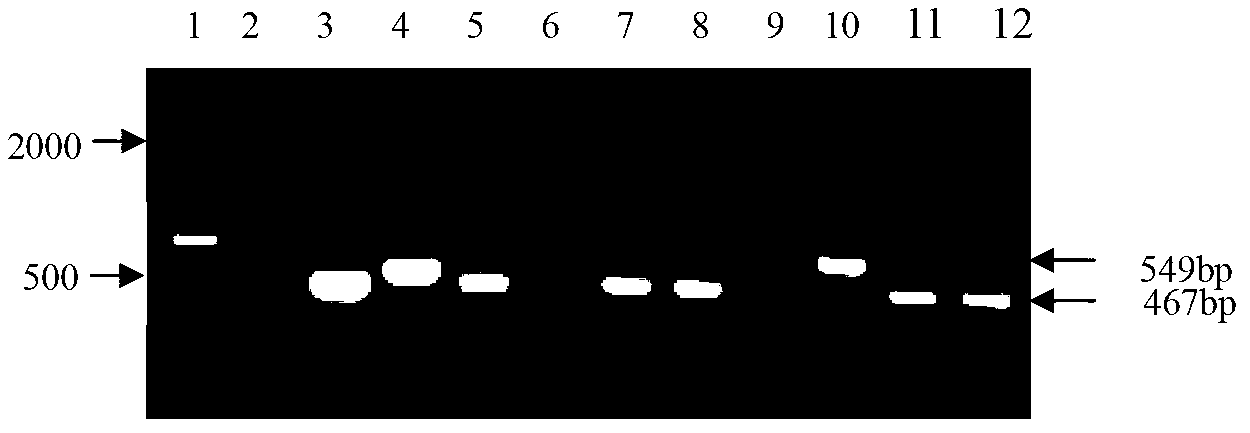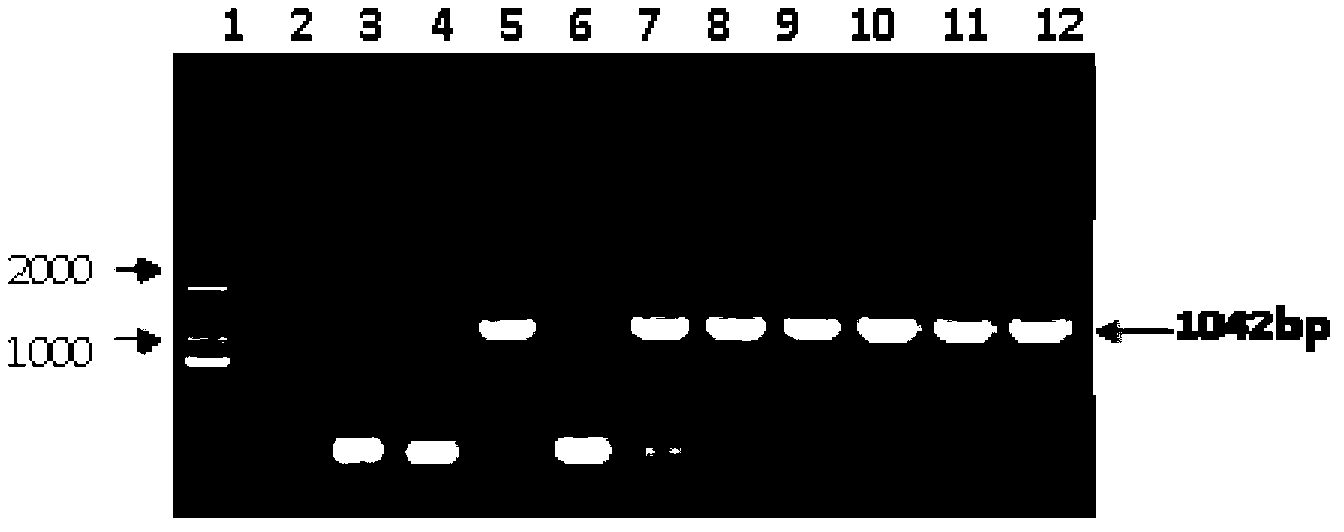Ultra-binary vector as well as construction method and application thereof
A technology of binary vector and construction method, applied in the field of genetic engineering, can solve the problems of long cycle, difficult directional optimization, laborious and so on
- Summary
- Abstract
- Description
- Claims
- Application Information
AI Technical Summary
Problems solved by technology
Method used
Image
Examples
Embodiment 1
[0052] Example 1, construction of super binary vector pDT1301
[0053] Step 1: Design and synthesize T-DNA right and left borders containing restriction sites
[0054] According to the published sequence of the pCMBIA1301 vector (GenBank: AF234297.1), design the "Xba I-RB-LB-Sal I including restriction sites Xba I and Sal I, and T-DNA right and left border sequences "The structure, the sequence is shown in SEQ ID NO1, synthesized by Beijing Aoke Company, the synthetic fragment is 98bp. The SEQ ID NO1 sequence is as follows:
[0055] GCTCTAGAGtaaacctaagagaaaagagcgtttattagaataacggatactgttggctggctggtggcaggatatattgtggtgtaaaca GTCGACGT.
[0056] Step 2: Construction of intermediate vector I containing two pairs of T-DNA borders
[0057] 45ng of the synthesized product of SEQ ID NO1 that has been sequence verified was digested by Xba I and Sal I at 37°C for 8h, then heat-treated at 65°C for 20min; at T 4 Under the action of ligase, with the vector pCMBIA1301-hpt which has also bee...
Embodiment 2
[0071] Embodiment 2, construction and genetic transformation of RNA interference vector resistant to rice stripe virus (RSV) and rice black-streaked dwarf virus (RBSDV)
[0072] Step 1: Construction of RNA interference (RNAi) vector
[0073] Using the intermediate vector pMCG161+ / -D containing the RSV-RBSDV-HCP hairpin structure as a template, and using the sequences SEQ ID NO9 and SEQ ID NO10 as primer pairs, high-fidelity LATaq enzyme was used for PCR amplification to obtain rice Intron and its flanks The sense and antisense strands of RSV-RBSDV-HCP and the hairpin structure of the restriction site Xho I, the amplified product is about 2309bp, and the negative control (pMCG161) only amplifies to a fragment of 1233bp, indicating that it has successfully obtained RSV-RBSDV -HCP hairpin structure.
[0074] The PCR product was digested with Xho I and ligated into the T-DNA1 region of the super binary vector pDT1301, which was also digested with Xho I, to obtain the RNA interfer...
PUM
 Login to View More
Login to View More Abstract
Description
Claims
Application Information
 Login to View More
Login to View More - R&D
- Intellectual Property
- Life Sciences
- Materials
- Tech Scout
- Unparalleled Data Quality
- Higher Quality Content
- 60% Fewer Hallucinations
Browse by: Latest US Patents, China's latest patents, Technical Efficacy Thesaurus, Application Domain, Technology Topic, Popular Technical Reports.
© 2025 PatSnap. All rights reserved.Legal|Privacy policy|Modern Slavery Act Transparency Statement|Sitemap|About US| Contact US: help@patsnap.com



